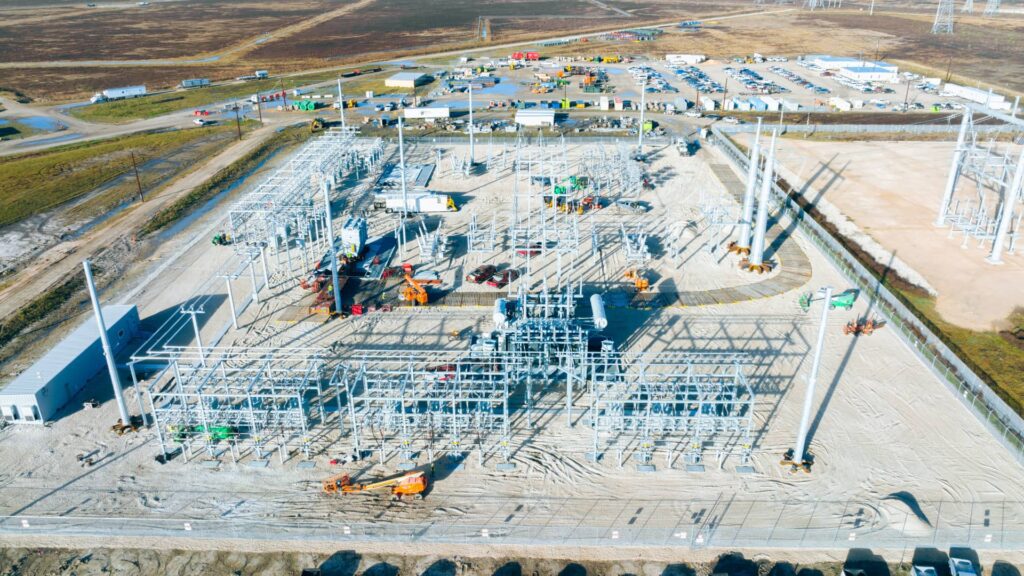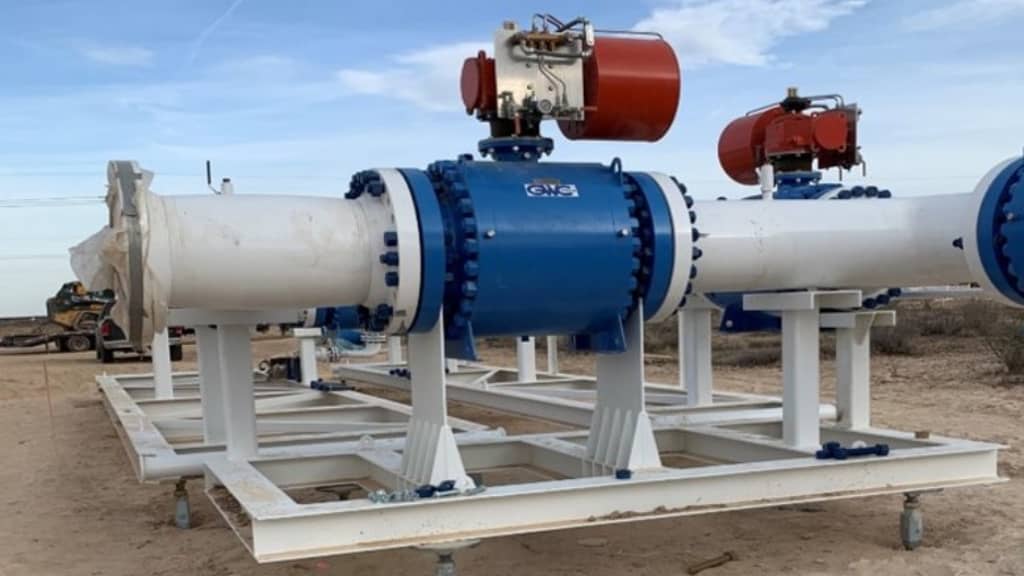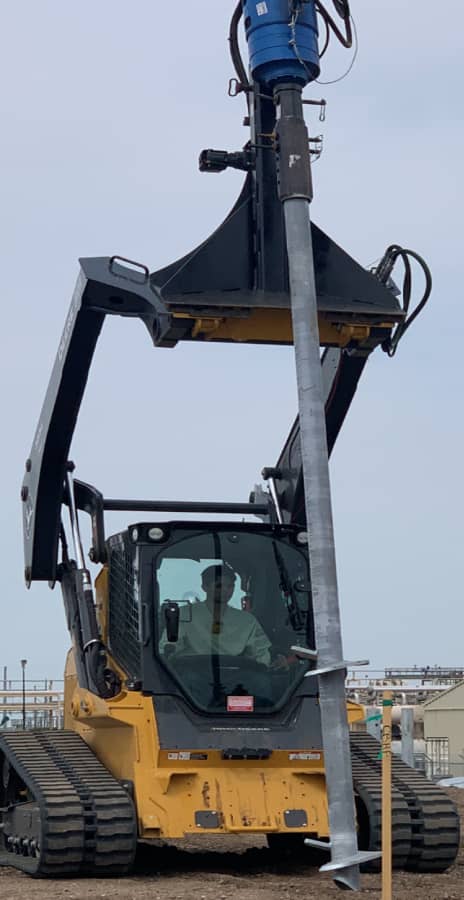For Energy Storage
Why Choose Helical Pier Foundations for Energy Storage?
Helical piers, also known as helical anchors, helical piles, or screw piles, are commonly used in the oil and gas industry for various applications. These specialized foundation elements consist of a steel shaft with helical plates (or helices) that resemble large screws. They are screwed into the ground to provide structural support and stability for various equipment and structures in oil and gas operations.
Foundation Support
Helical piers are used to support various structures in the oil and gas industry, such as equipment, tanks, pipelines, and modular buildings. They provide a stable foundation in areas with challenging soil conditions, including soft or loose soils, which may not be suitable for conventional foundation methods.
Offshore Platforms
In offshore oil and gas operations, helical piers are employed to anchor and support platforms, subsea structures, and equipment. They are often used in locations where the seabed conditions are not conducive to traditional foundation systems.
Soil Stabilization
In areas prone to erosion or landslides, helical piers are used to stabilize the soil and prevent ground movement. This is crucial for maintaining the safety and stability of oil and gas facilities and infrastructure.
Guy Wire Anchors
Helical piers are utilized to anchor guy wires and cables that support tall structures like drilling rigs, communication towers, and transmission lines. These anchors provide stability and reduce the risk of structural failure.
Pipeline Support
Helical piers are used to support and anchor pipelines, especially in areas with uneven or unstable terrain. They can be employed in both onshore and offshore pipeline projects to ensure the stability and integrity of the pipeline system.
Renewables
Helical piers are foundation systems widely used in renewable energy projects, particularly in the context of solar and wind energy. These piles are engineered to provide strong and reliable support for various structures, including battery energy storage systems (BESS), substations, solar panels, and wind turbines.


Oil & Gas
Helical piers are commonly used in the oil and gas industry for various applications. These specialized foundation elements consist of a steel shaft with helical plates (or helices) that resemble large screws. They are screwed into the ground to provide structural support and stability for various equipment and structures in oil and gas operations.
History of Helical Piers
Helical piers, also known as helical piles, helical anchors, or screw piles, have a fascinating history that dates back several centuries. The concept of helical piers emerged from various engineering and construction practices around the world.

Mid-19th Century
Helical foundations can be traced back to the mid-19th century. Alexander Mitchell, an Irish civil engineer, is often credited with the development of the screw-pile foundation. In 1833, he patented a screw-pile lighthouse foundation design, which was used for constructing lighthouses and other structures in soft, marshy ground or underwater sites.
Early 20th Century
Throughout the 19th and early 20th centuries, screw piles became one of the most popular ways of constructing lighthouses, bridges, and piers in coastal regions, especially in places with poor soil conditions. These early helical piers were manually screwed into the ground using various methods, often with the help of human or animal labor.
1950s and 1960s
In the 1950s and 1960s, technological advancements led to the development of more efficient helical pier designs and installation methods. Engineers began using hydraulic machinery to install helical piers, making the process quicker and more reliable.
Helical piers started gaining traction in the civil engineering and construction industries during the late 20th century. Their applications expanded to include various types of structures such as buildings, bridges, communication towers, and transportation infrastructure.
Today
With advancements in materials science, manufacturing techniques, and engineering design, helical piers have become a versatile and widely used foundation solution. Today, helical piers are commonly made of steel and are designed to withstand specific load requirements based on the project’s needs. They offer several advantages over traditional foundation methods, such as faster installation, reduced site disruption, lower environmental impact, and the ability to bear heavy loads in various soil conditions. These benefits have contributed to their growing popularity in the construction industry.
Today, helical piers continue to find applications in both residential and commercial construction projects. They are often used for underpinning existing structures, supporting foundations in environmentally sensitive areas, and stabilizing structures in regions prone to seismic activity or soil subsidence.
2305 Ridge Road, Suite 202, Rockwall, TX 75087
(214) 556-8125
